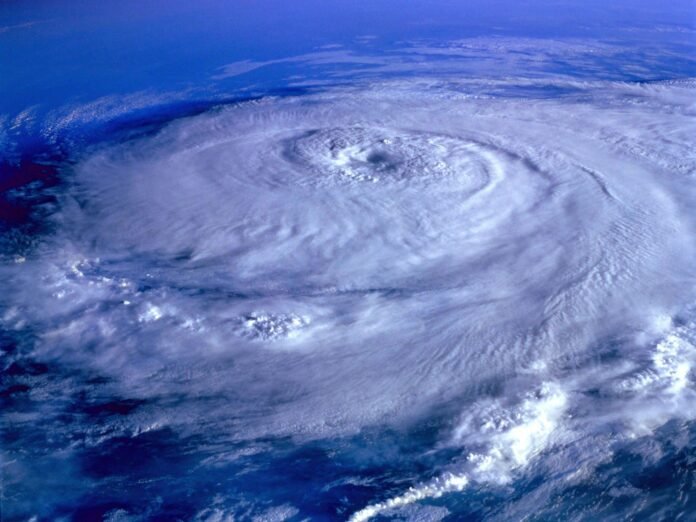Last week I was editing the weekly Fishing Report, written by Stan Gobruk, and this ensued.
“Hi, Stan,
Your last Fishing Report lamented the still-coolish waters of our Bay and how they are affecting fishing. Just now, I read about Hurricane Beryl, a Cat 5 that scientists believe was spurred on by unusually HIGH water temps in the Atlantic.
So maybe low water temps are bad for fishing but good to keep hurricanes away? Thoughts on this?”
Stan’s reply:
“I was getting ready to expand on my fishing report and write a completely different article. But here’s the deal: about 14 months ago, NOAH notified us that the world would experience a rapid “snap-back” from the El Niño we were having. Just so you know, about 60% of the time, once there is either an El Niño or a La Niña, the pendulum swings into the other.
We may have several years without an El Niño or a La Niña, but usually no more than seven years on the extreme down to less than two years. There’s an average where we’ll see an El Niño/La Niña every three to five years. Also, one does not automatically follow the other as the percentages describe.
People need to understand, like you do, that weather patterns follow water temperatures. But the currents still flow, albeit weaker. I knew things were changing when the water temperatures below the surface were warmer than the sun-warmed surface. If you notice, we never really lost our warm water species of Tuna, Sailfish and Dorado for the most part. We still have Striped Marlin, which prefers cooler water temperatures of around 75 degrees.
So they were here all winter, which is strange. Striped Marlin here in PV in July; they should be in Cabo. Mucho bait is a big reason many fish are still here as well. But there are limits to what they’ll put up with, fish that is…
To answer your question, we typically have 84/86-degree water right now, not 81. Therefore, we’re seeing cooler-than-average temperatures; put a sea breeze on that, and we will have pleasant weather. What we’re seeing in the ocean is a rapid change from El Niño to La Niña in the middle of the year; these things usually don’t happen.
One way NOAH knows there will be an El Niño, for example, is to check the water temperatures at the equator and see how the currents are flowing. La Niña occurs when the equator water is cooler, and the current flow goes the other direction. That is until the cool water warms up at the equator, pushing those warm currents into another El Niño. The planet is a percolator! So water temperatures are the machines that move the currents around.
Looking at the world map, you’ll see a huge mountain range called Atlas in northern Africa. Winds whip down the mountain range and leave a spiral of air like a spinning top. That air moves directly off the mountains in warm weather combined with warmer water, and thus tropical storms develop into cyclones, as they’re called on the east coast.
With the clashing Niño’s, jet streams can change; yes, water temps will affect that. I could go into how you can predict standard weather patterns depending on which “niño/a” you get. The issue is the time of the year and prevailing jet streams.
So, the real reason for the cyclones is the Atlas Mountains and the strong winds whipping down the entire mountain range. Remember, even in late summer, those mountains are covered in snow. This cold air, mixed with the warm ocean El Niño air, is a real problem. The USA is having a horrible tornado season because warm and cold air is mixing in semi-wet conditions.
So, water temperatures will affect currents and influence them to some degree. However, the level of temperature fluctuation is determined at the equator.
We can predict the Niños, but the jet stream is a moving target. The warm water moves the currents. The currents control water temperatures, and weather systems follow these water temperatures.
But the Jet stream is a moving target. These jet streams push high or low-pressure systems, and we wind up with issues like that monster cyclone (Hurricane Beryl) destined to hit the Cancun area. Now, there needs to be a weather system at the Altas Mountains for the winds to push into the Atlantic.


